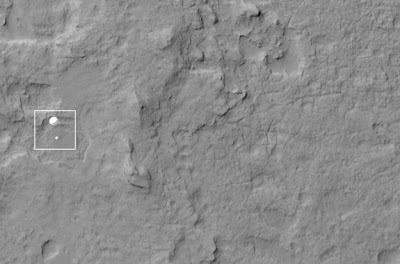 |
| In flight, a picture taken from a CG-4 Glider being towed by a C-47. The curly cable around the tow cable is a communication wire. |
Sunday, September 30, 2012
Snapshot of Silence
Saturday, September 29, 2012
Life in the Desert: British Armor
 |
| Staff officers examine a newly arrived Sherman tank sitting on a Scammell Pioneer tank transporter, 15 September 1942 |
 |
| Tank crews receiving instruction on the Grant tank, 9 September 1942 |
 |
| A Stuart tank is silhouetted against the setting sun as its commander scans the horizon, 6 September 1942 |
From One to a Million
Too few, Too late
Mix and Match
Friday, September 28, 2012
Thursday, September 27, 2012
Behind the Lens
 |
| Why was this man here? |
 |
| What were his motivations? |
 |
| Why come to this jungle to take photographs of an unpopular war? |
 |
| Why brave death for it? Was it for men like this? |
 |
| Was it for the rush? |
 |
| Or was it to show the world what war is really like? |
Memories
As we get older, the years pass unnoticed. Yesterday it was 2011, a few days before it was 2010, a month or two before that we were in elementary school. Time passes so quickly. Memories slowly fade and only seem to come back when we are reminded of them. Should we hold on to them with dear life or should we let them go and move on to making new ones? In the end it won't matter. Regardless of what
option we choose, we will still
finding ourselves wishing to go back. To go back in time, to see the
friends we had, to talk to the people we'd always wished we'd talked to,
to do something we hadn't done, to change one little thing here or
there. But there is no going back. So live life to the fullest, let your
memories be plentiful.
Wednesday, September 26, 2012
Caffeine High
Tuesday, September 25, 2012
Preface to Infinity
Magnetosphere Majesty
Monday, September 24, 2012
Launch
Sunday, September 23, 2012
Green
Saturday, September 22, 2012
Mirror
Looking Back on Bad Decisions
Friday, September 21, 2012
Thursday, September 20, 2012
Gebirgsjäger Gewehr
 |
| You can see another modification that isn't on the Kar98, the extra plate near the butt of the rifle. It was used as a climbing aid. |
 |
| The very short barrel can be seen very well here, along with the extended butt plate. |
 |
| A close up of the German made ZF41 scope. |
Pioneering the Future, One Shot at a Time
Stepping It Up
 |
| It's dangerous. It's expensive. It's seemingly pointless. It's also the future. |
 |
| We've already started crawling. Let's learn to walk. |
Studying the Past and the Future
Wednesday, September 19, 2012
Secretly Short Sighted
Monday, September 17, 2012
Lorry, My Valentine
The Lucky Few
 |
| This is right below Diamond Head crater, facing south west. I love this one because of the colors of the ocean. I love how they turned out in the photo. |
 |
| Another that I love because of the colors. The land and the water, combined with the mist in the distance, is amazingly beautiful. |
Subscribe to:
Comments (Atom)
































